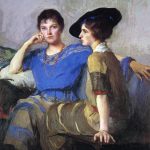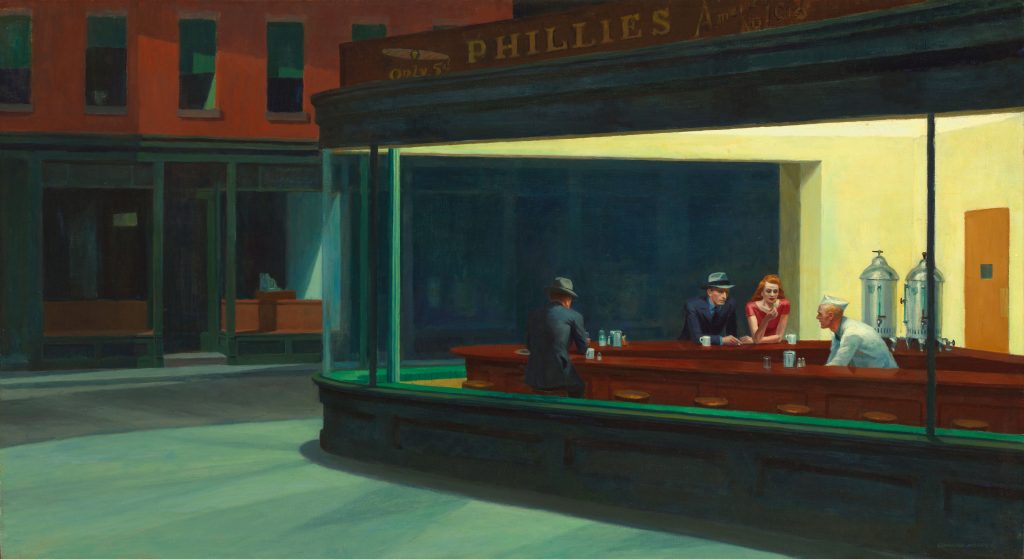
Edward Hopper (1882–1967) was an American realist painter known for his iconic and often melancholic depictions of American life. Born in Nyack, New York, Hopper developed an interest in art at an early age. He studied at the New York School of Art and Design, where he was influenced by artists such as Robert Henri. Hopper’s early career was marked by struggles, but he eventually found success as an artist.
- Formative Years: Hopper studied at the New York School of Art and Design under the influential teacher Robert Henri. Henri encouraged his students to depict real life, and this had a lasting impact on Hopper’s approach to art.
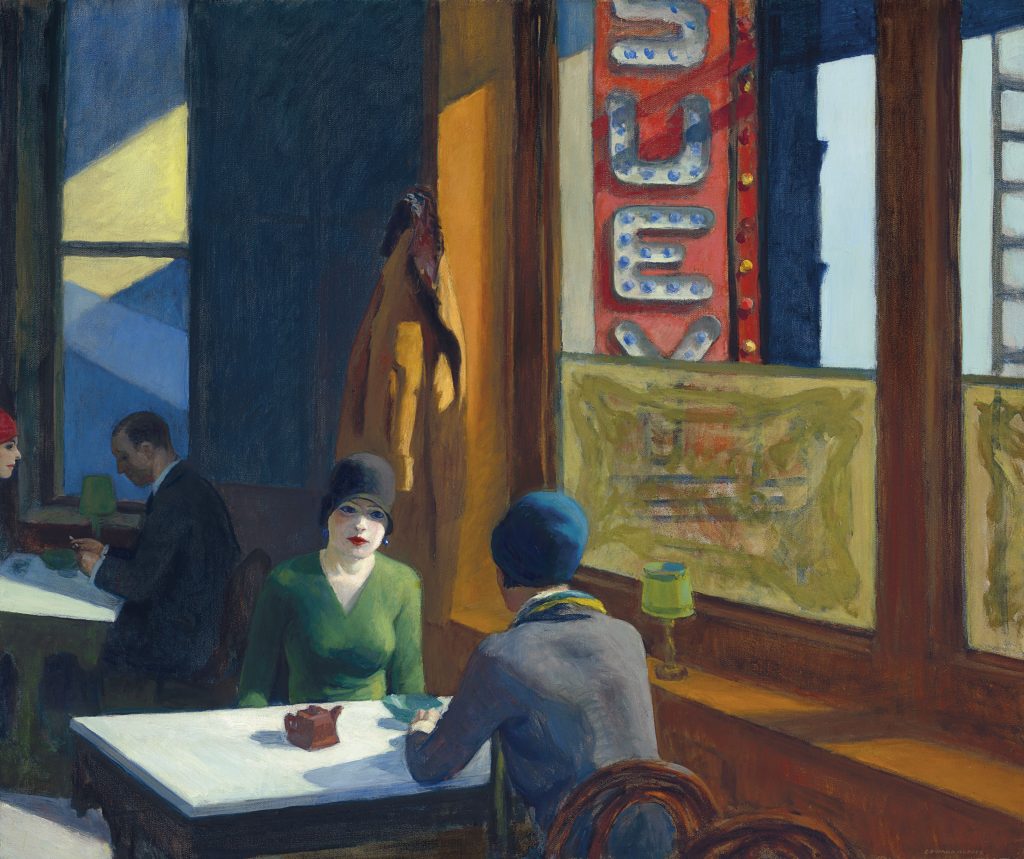
- Early Struggles: Hopper initially faced challenges in establishing himself as an artist. He worked in various commercial art fields, including illustration and etching, to make a living.
- Emergence as a Realist Painter: Hopper’s breakthrough came in the 1920s when he began to develop his distinctive style as a realist painter. His paintings often featured solitary figures, urban scenes, and a sense of isolation. Some of his notable works from this period include “Automat” (1927) and “Night Hawks” (1942).
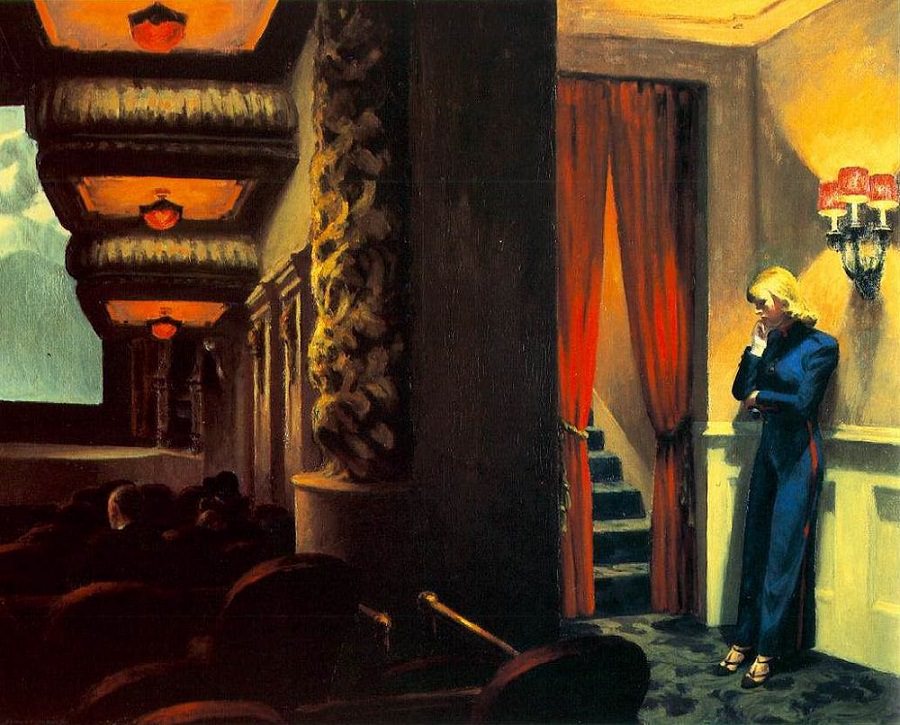
- Marriage to Jo Hopper: Hopper married fellow artist Josephine Nivison in 1924. Jo became his frequent model, and their relationship had a significant impact on his art. She managed his career and provided essential support.
- Themes of Isolation and Alienation: One of the recurring themes in Hopper’s work is the depiction of urban and rural scenes that evoke a sense of isolation and alienation. His use of light and shadow, as well as his ability to capture a moment of stillness, contributed to the emotional impact of his paintings.
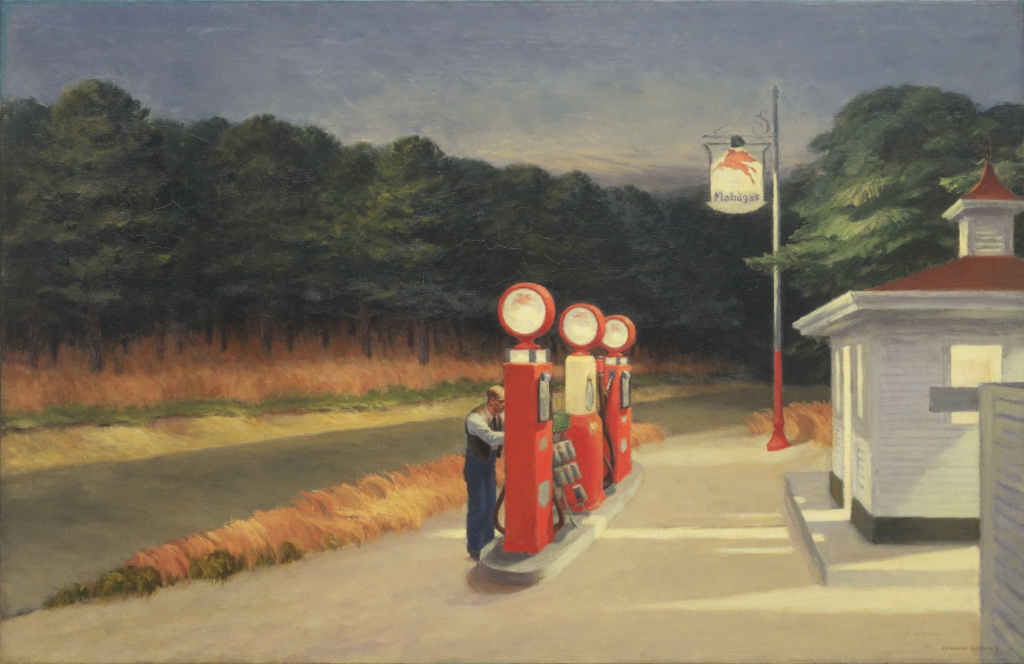
- Later Years: Hopper continued to paint throughout his life, and he gained widespread recognition for his contributions to American art. In 1952, he received the Frank J. Mather Award for outstanding achievement in American art.
- Legacy: Edward Hopper’s legacy endures, and his influence on American realism and modern art is profound. His paintings are celebrated for their emotional depth, capturing a sense of introspection and the complexities of the human experience.
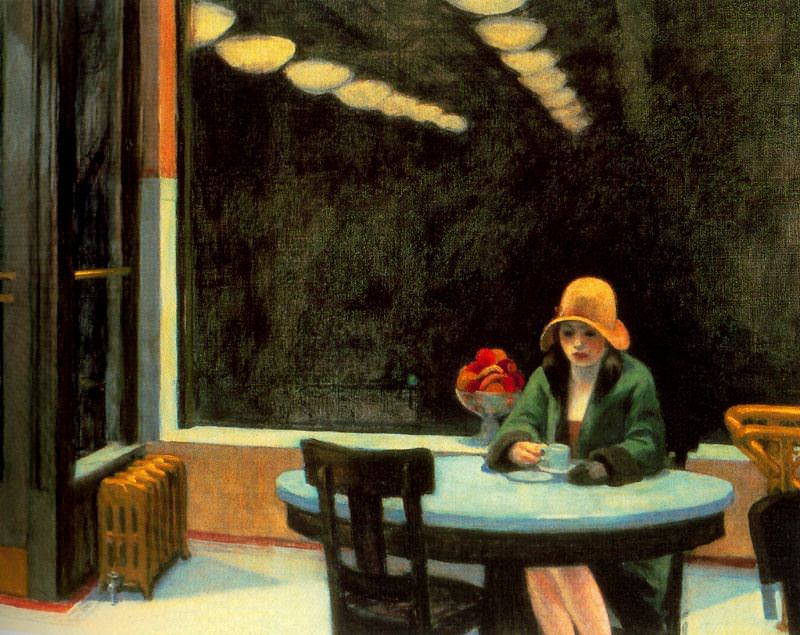
Edward Hopper’s work has left an indelible mark on the art world, and his paintings continue to be admired for their evocative portrayal of the American experience.






